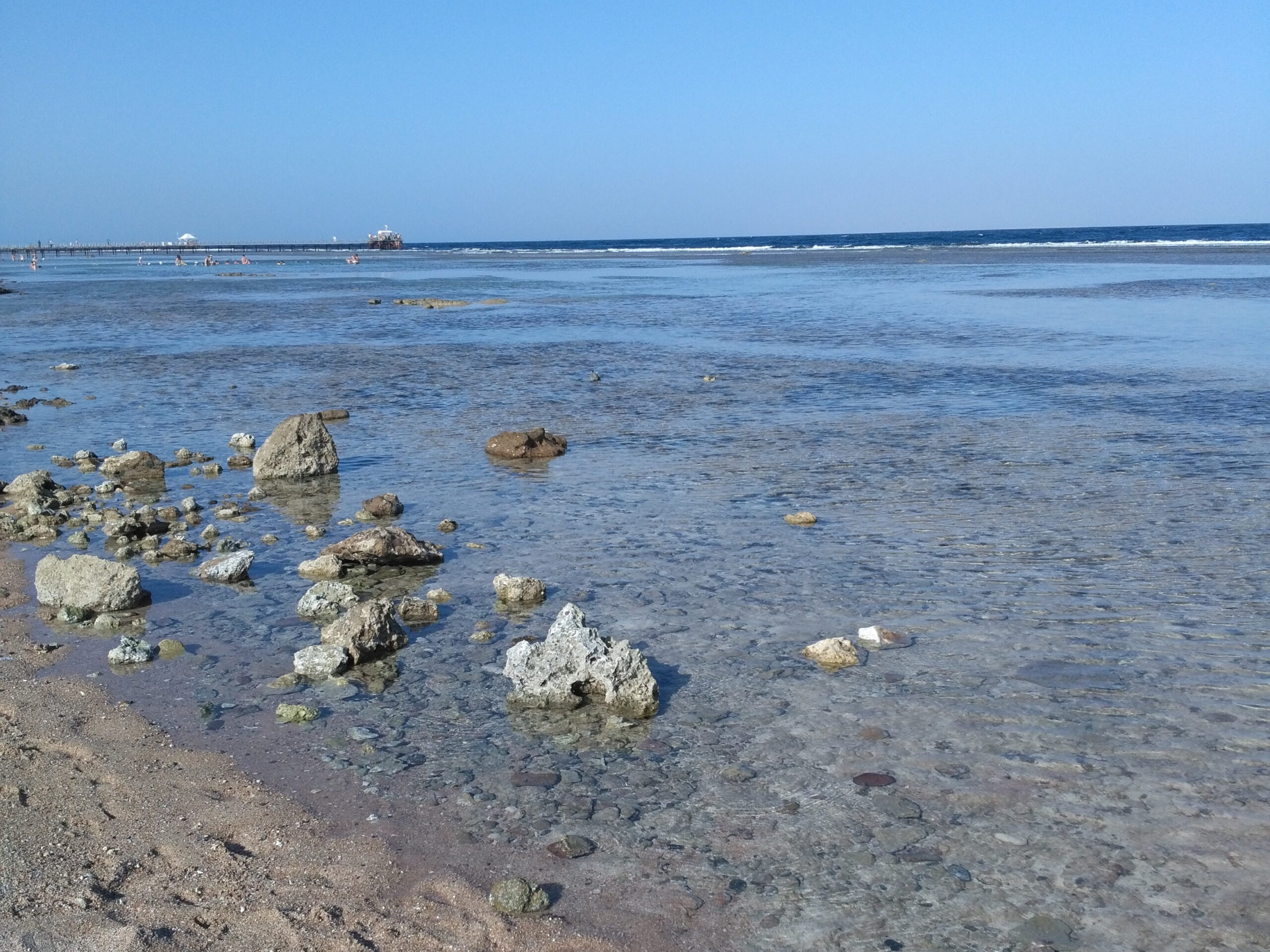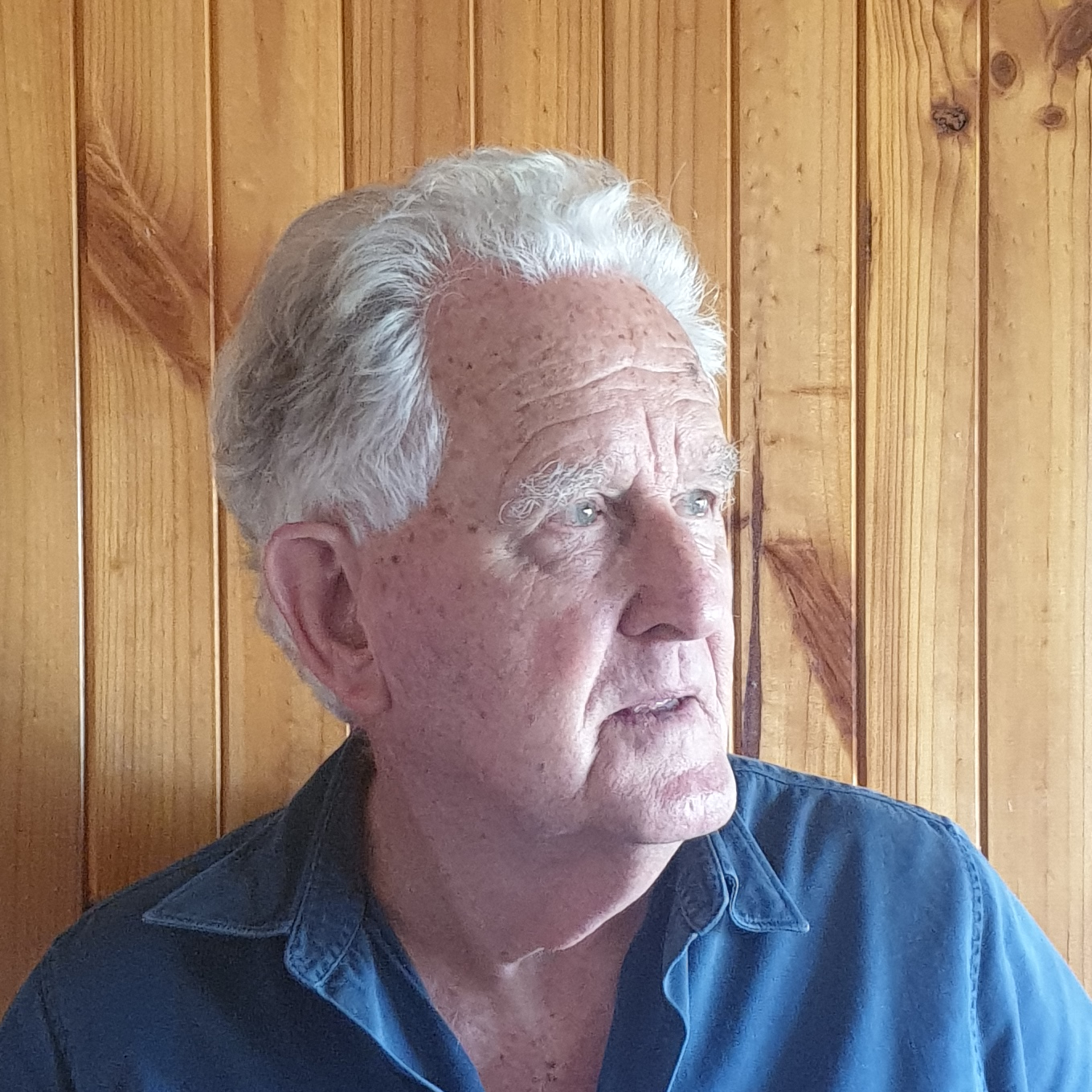Seawater contains almost every mineral that exists in the world. In Australia, table salt (sodium chloride) and Potassium chloride are extracted from it by letting the sun evaporate much of the water in huge flat bays at the coast. As a result, the concentrations of sodium and potash reach high concentrations and crystallise out first. Most of the remaining mineral-rich brine is returned to the ocean so the salt can be harvested, though some is sold as Sea Minerals.
This brine with all the other minerals is a clear liquid and is a fertiliser for plants and soil biology. Healthy soil biology consists of a wide diversity of organisms – over 50,000 can be found in a single spoonful of compost. It stands to reason that this large diversity requires a diverse range of minerals to function well. Sea Minerals is one of the few, if not the only, natural source that provides this wide range of minerals. Please note that Sea minerals are complementary to all biology-friendly plant nutrition and are not a replacement.
For many minerals in Sea Minerals, we know their functions in plant growth. The precise interactions between these minerals and the 50,000+ soil species are not fully understood, but the benefits are easy to see. Plants show improved growth, with bigger and darker-green leaves that have a healthy shine – the latter indicating high resistance to insects and diseases. When the soil biology is not healthy, the growth of plants stays below its optimum, and they do not yet have their resistance against diseases and insects. They need to be protected with industrial chemicals, which further reduce the soil biology.

The Plant Health Pyramid developed by John Kempf shows that once all essential minerals for the first two stages of plant health are available, some of the complex compounds needed for the final two stages are produced by the soil biology, provided it is healthy. Following the lead from others, we found significant improvements in the health and yields of field crops, orchards and pasture after applying Sea Minerals, see the summary of case studies.
For large areas, It can be bought in bulk and applied when irrigating through fertigation. It is profitable from the first application at the recommended rate of 40L/ha.
For smaller areas, it can be bought under many names in small amounts and applied with a watering can.


